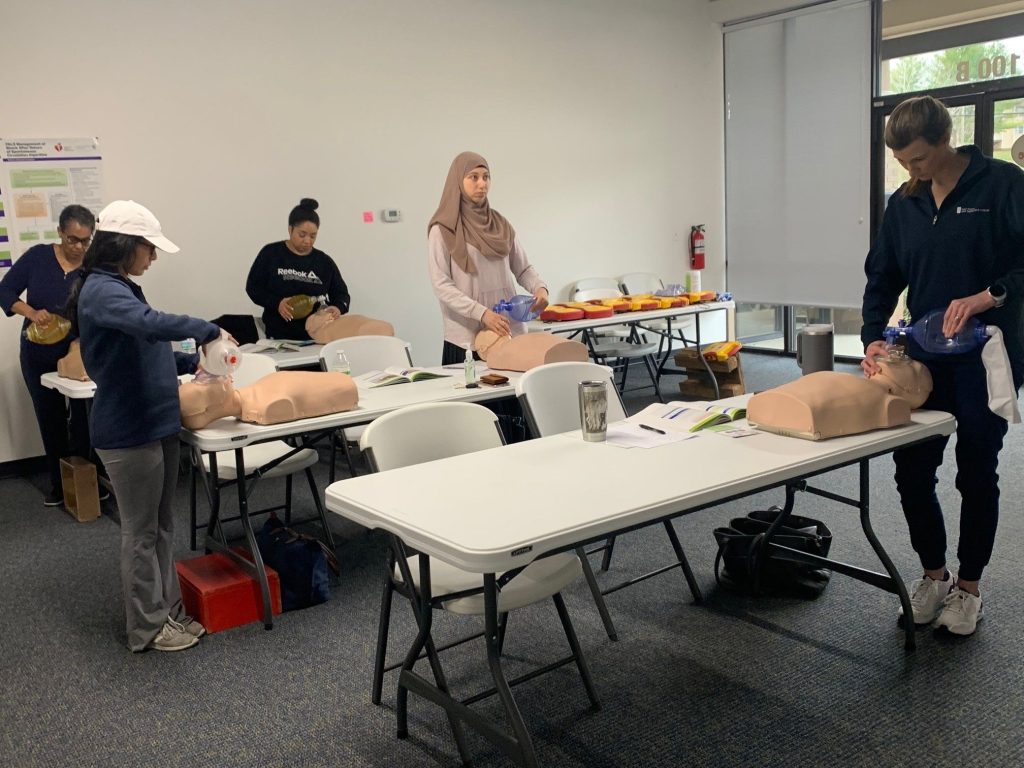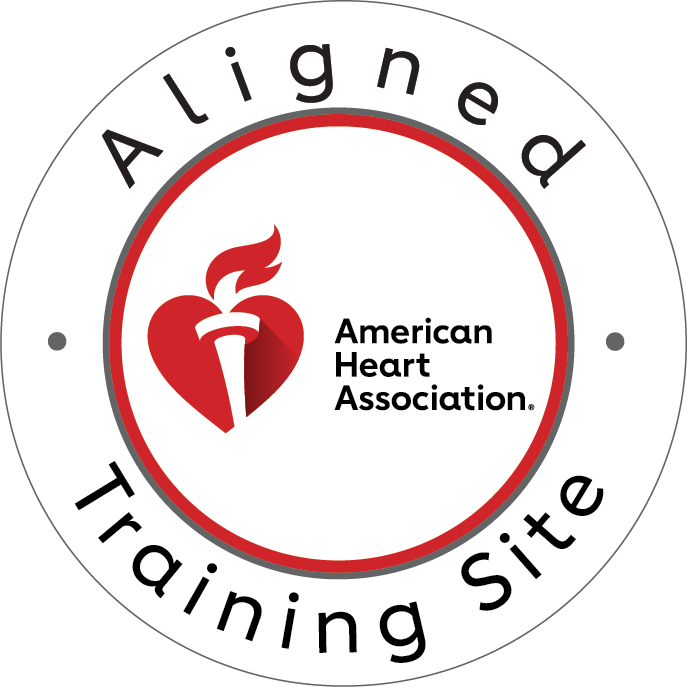When performing CPR, the difference between life and death often comes down to proper chest compression depth. Many rescuers struggle with this critical aspect of cardiopulmonary resuscitation, either compressing too shallow to be effective or too deep, risking serious injury. Understanding the optimal compression depth is essential for anyone seeking to master lifesaving techniques.
The Science Behind Chest Compression Depth
Effective chest compressions create artificial circulation by mechanically pumping blood through the cardiovascular system. The heart lies between the breastbone and spine, requiring adequate compression depth to generate sufficient pressure for blood flow. Research consistently shows that compressions must reach a minimum depth to produce meaningful cardiac output.
The American Heart Association establishes clear guidelines: adult chest compression depth should be at least 2 inches (5 cm) but no more than 2.4 inches (6 cm). This narrow range represents the compression sweet spot where maximum effectiveness meets minimum risk of injury.
Consequences of Shallow Chest Compressions
Shallow compressions represent one of the most common errors in CPR performance. When compressions fail to reach adequate depth, they cannot generate sufficient pressure to circulate blood effectively. This inadequate circulation fails to deliver oxygen to vital organs, particularly the brain and the heart muscle itself.
Studies demonstrate that shallow chest compression depth significantly reduces survival rates. The heart requires substantial pressure to overcome vascular resistance and move blood through the circulatory system. Without proper depth, compressions become ineffective, essentially wasting precious time during cardiac arrest.
Healthcare providers often struggle with compression depth due to physical fatigue, improper hand placement, or fear of causing injury. However, the priority during cardiac arrest remains clear: effective compressions that achieve proper depth are far more important than avoiding potential rib fractures.
Dangers of Excessive Chest Compression Depth
While shallow compressions prove ineffective, excessive depth creates different problems. Compressions deeper than 2.4 inches can cause serious injuries, including rib fractures, sternal fractures, and damage to underlying organs. These injuries, while concerning, rarely prove life-threatening compared to the consequences of cardiac arrest.
Excessive chest compression depth may also reduce venous return, the blood flow back to the heart. This phenomenon, known as the “compression paradox,” occurs when excessive pressure impedes blood flow rather than enhancing it. Therefore, finding the optimal compression depth becomes crucial for maximizing effectiveness while minimizing complications.
Research indicates that compressions exceeding recommended depth guidelines may decrease cardiac output and reduce the likelihood of successful resuscitation. This finding reinforces the importance of maintaining compressions within the established range rather than assuming deeper is always better.
Achieving Optimal Chest Compression Depth
Proper technique forms the foundation of effective chest compression depth. Rescuers should place the heel of one hand on the lower half of the breastbone, positioning the second hand on top with fingers interlaced. Arms should remain straight, with shoulders positioned directly over the hands.
The compression motion should originate from the rescuer’s core and shoulders, not just the arms. This technique allows for more consistent depth while reducing fatigue. Each compression should allow complete chest recoil, permitting the heart to refill with blood between compressions.
Feedback devices and training manikins with depth indicators help rescuers develop proper technique. These tools provide real-time information about compression depth, allowing for immediate correction and skill development. Regular practice with these devices helps maintain proper chest compression depth skills over time.
Training and Assessment for Proper Depth
Quality CPR training emphasizes the importance of achieving proper chest compression depth through hands-on practice. Instructors should demonstrate correct technique while allowing students to practice with feedback devices. This approach helps develop muscle memory for appropriate compression depth.
Assessment during training should include evaluation of compression depth alongside other critical skills. Students must demonstrate consistent ability to achieve and maintain proper depth throughout simulated cardiac arrest scenarios. This assessment ensures competency in this vital skill.
Ongoing education and skills practice help maintain proper chest compression depth abilities. Even experienced healthcare providers benefit from regular refresher training to reinforce correct technique and address any skill degradation over time.
Technology and Chest Compression Depth
Modern CPR feedback devices provide real-time monitoring of compression depth, helping rescuers maintain optimal performance. These devices use accelerometers and force sensors to measure compression characteristics and provide immediate feedback through visual and auditory cues.
Advanced life support equipment increasingly incorporates compression depth monitoring to guide rescuer performance. This technology helps identify when compressions are too shallow or too deep, allowing for immediate correction during actual resuscitation attempts.
The integration of technology into CPR training and performance represents a significant advancement in ensuring proper chest compression depth. These tools help bridge the gap between classroom learning and real-world application, improving overall CPR quality.
Building Confidence in Compression Depth
Many rescuers hesitate to compress adequately due to fear of causing injury. Education about the relative risks and benefits helps build confidence in achieving proper chest compression depth. Understanding that effective compressions save lives while injuries from improper CPR are manageable and treatable helps overcome this hesitation.
Hands-on practice with feedback devices builds confidence by allowing rescuers to experience what proper compression depth feels like. This tactile learning helps develop the muscle memory necessary for consistent performance during actual emergencies.
Regular training and practice sessions help maintain confidence in chest compression depth skills. Rescuers who practice regularly demonstrate better performance and greater confidence in their ability to provide effective CPR.
Conclusion: Mastering the Compression Sweet Spot
Finding the optimal chest compression depth requires understanding, practice, and confidence. The narrow range between 2 and 2.4 inches represents the compression sweet spot where effectiveness meets safety. Through proper training, regular practice, and the use of feedback devices, rescuers can master this critical skill.
Remember that effective CPR depends on achieving proper chest compression depth consistently throughout the resuscitation attempt. This skill, combined with an appropriate rate and complete recoil, forms the foundation of high-quality CPR that saves lives.
Take Action: Get Certified Today
Don’t wait to learn these lifesaving skills. Whether you need CPR certification in Indianapolis or BLS certification in Tampa, proper training is essential. CPR Indianapolis is an American Heart Association training site that offers initial certifications and renewal in BLS for Healthcare Providers, ACLS, PALS, and CPR and First Aid courses. All classes are stress-free and hands-on, ensuring you develop the confidence and skills needed to perform effective chest compressions with proper depth. Choose the best CPR in Indianapolis and take the first step toward becoming a confident, competent rescuer.





